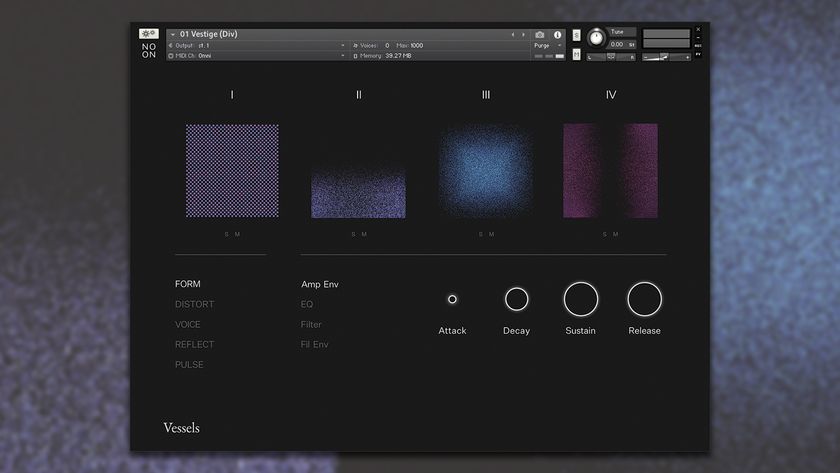6 tips for creating your own sample library
Cultivate your own unique-sounding productions by compiling bespoke sample collections
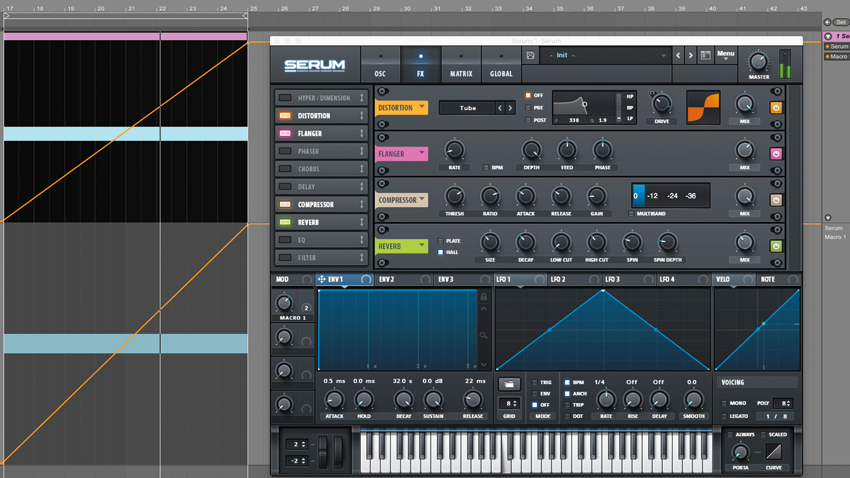
Today’s electronic musician faces a unique predicament when it comes to creating a defined sonic palette.
Right within our DAWs, we can access thousands upon thousands of sounds spanning every conceivable type. While on paper, this might appear to be a good thing, in fact, too much choice can stifle creativity and breed procrastination. And at best, those who do finish tracks often draw upon generic, pre-prepared samples and synth presets, resulting in generic, bland music that quickly fades into obscurity.
The answer – well, one of the answers – is to reduce dependence on third-party sample libraries in favour of your own recorded sounds. But how, then, do you go about building a reliable, comprehensive library that can be drawn on as a compositional toolbox for years to come? Like this, we'd suggest…
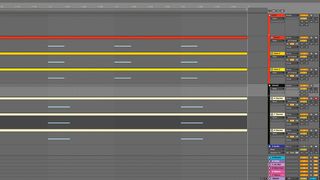
1. Find the time
Set aside dedicated sound design sessions away from creative writing sessions. This will keep you focused on the task at hand, letting you stock up your arsenal with plenty of ammo to fuel your compositions. To begin, create a bespoke sound design template project in your DAW, complete with send/return effects, your favourite instruments/effects, ready-to-go routing and more.
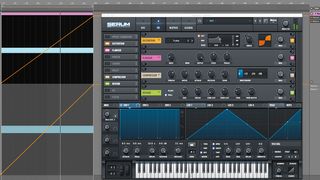
2. Stay on target
Maintain focus by setting yourself strict sound design targets. Allocate an hour or two in the studio and aim to create an arbitrary number of sounds - 10 pad patches, 15 layered kick drums, or 20 analogue bass loops, say. To demonstrate, here we’ve automated Serum’s first macro to sweep up over eight bars, so we can easily craft FX sweeps one after the other.
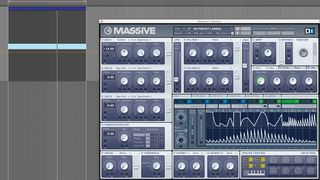
3. Know your tools
When designing synth sounds from scratch, the last thing you want to have to do is refer to a manual every five minutes. So it's better to master one synthesiser than it is spread your skills too thinly over several. This way, you’ll discover all of your chosen instrument’s features, greatly broadening your scope for sonic exploration.
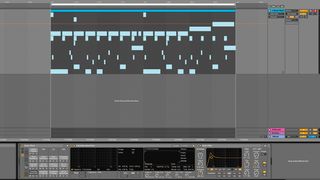
4. Make mini construction kits
Compile entire track ‘packs’ for your sampler of choice. Imagine you’re designing an off-the-shelf preset bank, that you can load up and build a track with at a moment’s notice – complete with effects, performance macro controls and buss processing. We’ve built this 13-part pack in Live’s Drum Rack, containing all the parts required for a simple track.
Get the MusicRadar Newsletter
Want all the hottest music and gear news, reviews, deals, features and more, direct to your inbox? Sign up here.
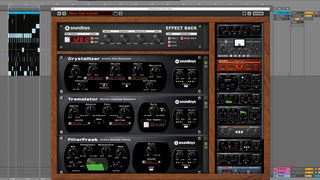
5. Effects are key
You’ll also need to pile on choice processing effects to really customise sounds to your taste. Dialling in processors from the ground up can take time, so it helps to have your own stacks of effects chains ready to go. Here, we’re calling up our own bespoke groups of treatments via Soundtoys’ EffectRack, which we’ve saved from previous sessions.
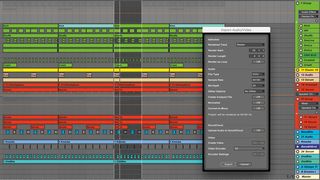
6. Use what you've got
Do you have stacks of unfinished eight-bar loops and unfinished DAW projects on your hard drive? Aside from dedicated sound design missions, sift through those abandoned follies in the hunt for fresh source sounds: recycle parts from old projects, bounce out individual sounds to a new folder, store away synth patches and save chord progressions and riffs as MIDI files for later use.
Future Music is the number one magazine for today's producers. Packed with technique and technology we'll help you make great new music. All-access artist interviews, in-depth gear reviews, essential production tutorials and much more. Every marvellous monthly edition features reliable reviews of the latest and greatest hardware and software technology and techniques, unparalleled advice, in-depth interviews, sensational free samples and so much more to improve the experience and outcome of your music-making.


